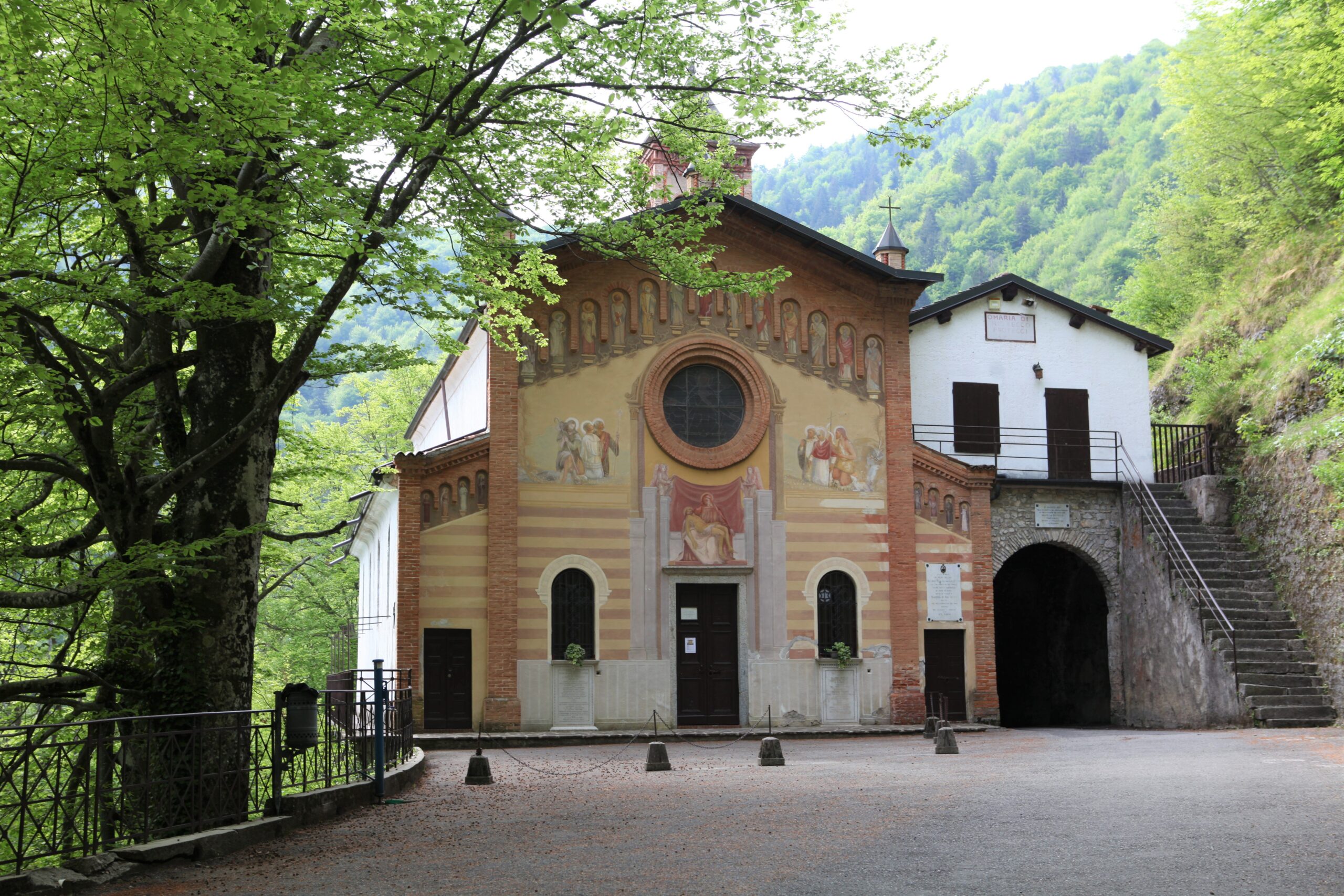

The charming of many churches will leave you breathless. Here you have the 5 most important churches in our valley.
1. Madonna della Neve, in Auro
It is located in Auro (a fraction of Casto). It was built in the mid XVI° (sixteenth) century.
It hosts an important work of art by Moretto: Sant’Antonio Abate, realised in about 1530.
This charming canvas represents apex of seventeenth-century Brescian painting, rich in movements, contrasts, powerful volumes and violent signs.
2. Santa Maria ad Undas Church
Located in Idro, it is also known as “Sant’Anna”.
The dedication to Mary is featured by a Latin expression “Undas”, which means “on the waves”, because at first this church was closer to the lakeside.
This church was built at the end of the VII° century and it managed the area from Vestone to Anfo, Treviso Bresciano and Capovalle.
Inside the church you will be able to admire an important cycle of frescoes.
3. Madonna di Rio Secco Sanctuary
It was erected at the beginning of the XVII° (eighteenth) century on Capovalle’s mountains; it is decorated with frescoes by the local artist Giuseppe Mozzoni.
This sanctuary was built after the “Madonna di Rio Secco” apparition and local people here are very devoted to her. In fact, inside the building, on the walls, there are many votive offerings.
The faced of the building is characterised by a large rose window.
4. San Rocco Church
Located in Bagolino this church was built after the plague period, in 1478 to thank the Saint whom it is dedicated to. This Saint is considered as the protector of citizens.
Inside the church is unmissable the cycle of frescoes, realised by the Renaissance artist Giovanni Pietro da Cemmo. Moreover, there is a wooden anchor which dates back to the XVI° (sixteenth) century.
5. Beata Vergine di Paitone Sanctuary
For local people, this place represents an important place of devotion.
There is a legend linked to this place, which says that, in 1532, Mary appeared in front of Filippo Viotti (a local inhabitant) and he was told to build this sanctuary for her. The strangest thing of this history is that the boy was deaf-mute.
This legend was represented on a painting, which the brescian artist Moretto (Alessandro Bonvicino) realised in 1534.
This work of art is one of the most important made by the local artist.


 italiano
EN
ES
italiano
EN
ES